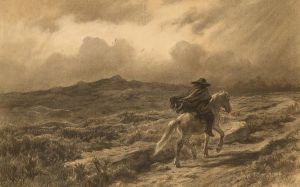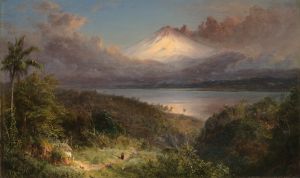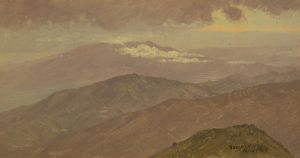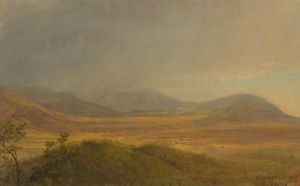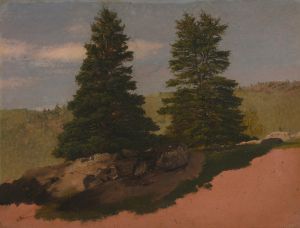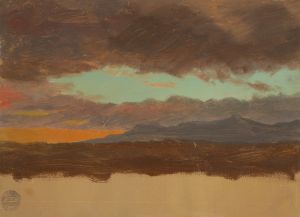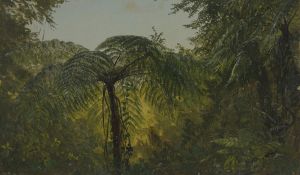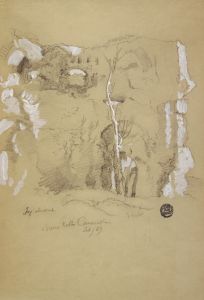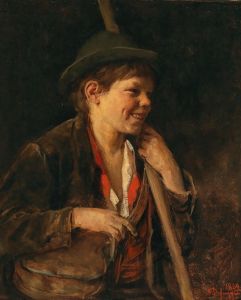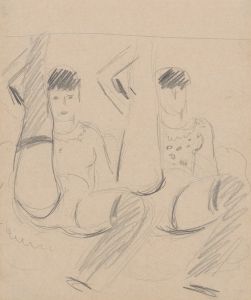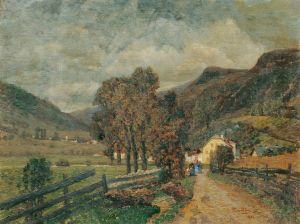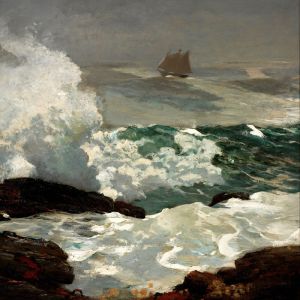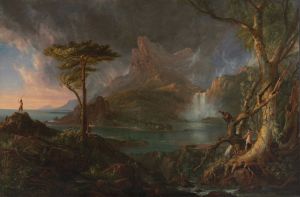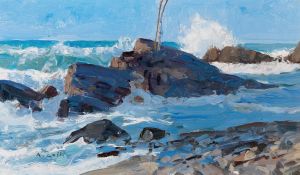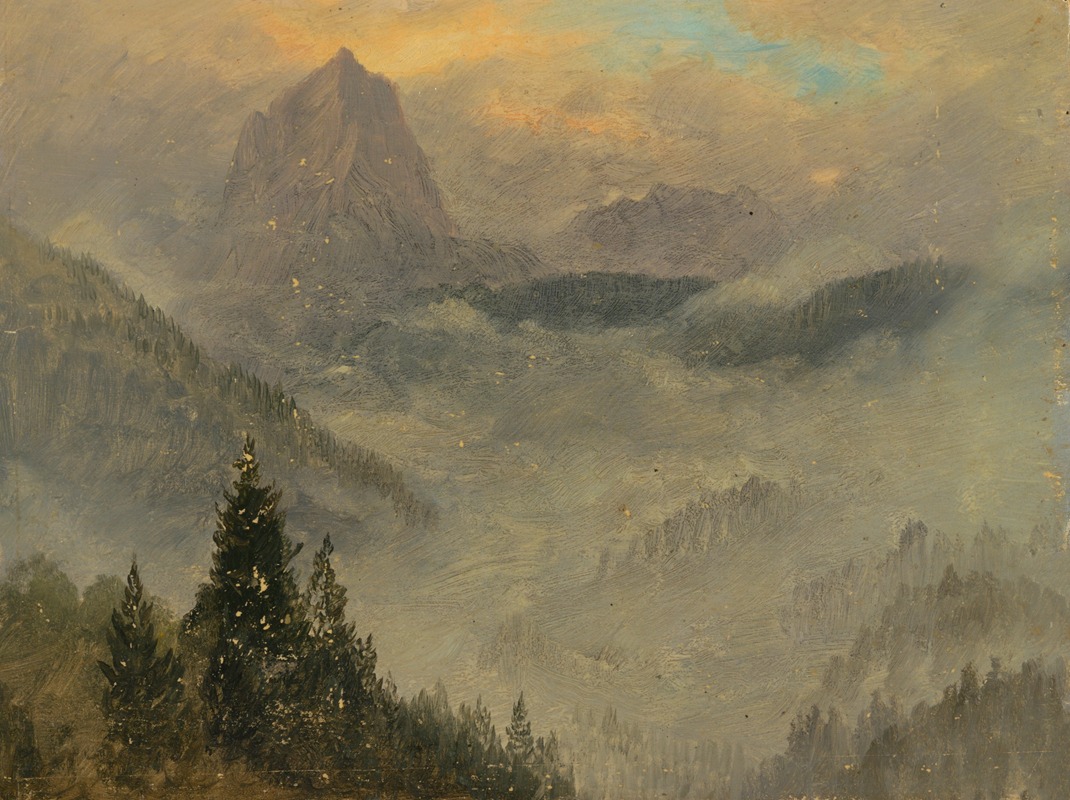
The Hochkalter, near Berchtesgaden
A hand-painted replica of Frederic Edwin Church’s masterpiece The Hochkalter, near Berchtesgaden, meticulously crafted by professional artists to capture the true essence of the original. Each piece is created with museum-quality canvas and rare mineral pigments, carefully painted by experienced artists with delicate brushstrokes and rich, layered colors to perfectly recreate the texture of the original artwork. Unlike machine-printed reproductions, this hand-painted version brings the painting to life, infused with the artist’s emotions and skill in every stroke. Whether for personal collection or home decoration, it instantly elevates the artistic atmosphere of any space.
Frederic Edwin Church, a prominent American landscape painter of the 19th century, is renowned for his detailed and dramatic depictions of natural scenes. One of his lesser-known works, "The Hochkalter, near Berchtesgaden," captures the majestic beauty of the Hochkalter mountain in the Bavarian Alps near the town of Berchtesgaden, Germany. Church was a central figure in the Hudson River School, an art movement that celebrated the natural beauty of the American landscape, but he also traveled extensively, drawing inspiration from various locations around the world.
"The Hochkalter, near Berchtesgaden" reflects Church's interest in capturing the sublime and awe-inspiring aspects of nature. Although specific details about the creation of this particular painting are scarce, it is consistent with Church's broader body of work, which often involved meticulous attention to detail and a keen interest in the interplay of light and atmosphere. His paintings are characterized by their dramatic compositions and vibrant use of color, aiming to evoke an emotional response from the viewer.
Church's travels in Europe, the Middle East, and South America greatly influenced his artistic output. His journey to Europe likely provided the opportunity to visit the Bavarian Alps, where he would have encountered the Hochkalter. This mountain, part of the Berchtesgaden Alps, is known for its rugged terrain and striking peaks, making it a fitting subject for Church's artistic exploration of natural grandeur.
The painting itself would likely exhibit Church's signature style, with a focus on the intricate details of the landscape, such as the texture of the rocky slopes, the play of light and shadow across the mountain's surface, and the surrounding atmospheric conditions. Church's ability to render these elements with precision and clarity would serve to highlight the imposing presence of the Hochkalter, inviting viewers to appreciate the natural beauty and power of the scene.
Church's work often carried a deeper philosophical or spiritual message, reflecting the transcendentalist ideas popular during his time. His landscapes were not merely representations of physical locations but were imbued with a sense of wonder and reverence for the natural world. This approach aligns with the broader goals of the Hudson River School, which sought to capture the divine in nature and inspire viewers to reflect on their place within the natural order.
While "The Hochkalter, near Berchtesgaden" may not be as widely recognized as some of Church's other masterpieces, such as "The Heart of the Andes" or "Niagara," it nonetheless exemplifies his skill in portraying the sublime beauty of the natural world. Through his art, Church invites viewers to engage with the landscape on both an aesthetic and philosophical level, encouraging a deeper appreciation for the environment and its inherent majesty.
In summary, "The Hochkalter, near Berchtesgaden" by Frederic Edwin Church is a testament to the artist's ability to capture the grandeur of nature. Although specific details about this painting are limited, it remains an important part of Church's oeuvre, reflecting his dedication to exploring and depicting the sublime aspects of the natural world.





